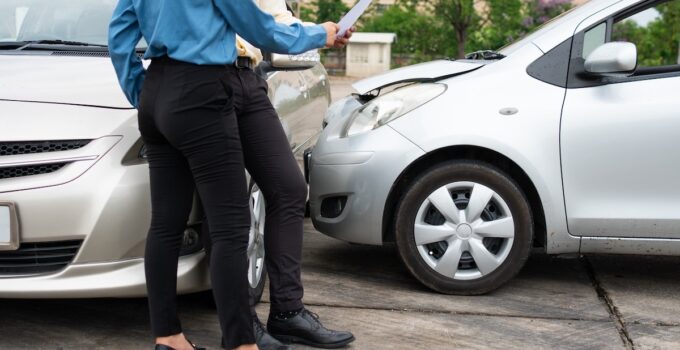Accidents can have a significant impact on your insurance rates. Even minor fender benders can lead to higher premiums and long-term financial consequences. How exactly do these incidents influence what you pay for car insurance?
1. Immediate Premium Hikes

Image Credit: Shutterstock / Korawat photo shoot
When you file a claim after an accident, expect your insurance premium to increase. On average, drivers see a 20-40% increase in their rates after an accident. This spike can add hundreds of dollars to your annual premium, making it crucial to consider before filing minor claims.
2. Surcharges for At-Fault Accidents
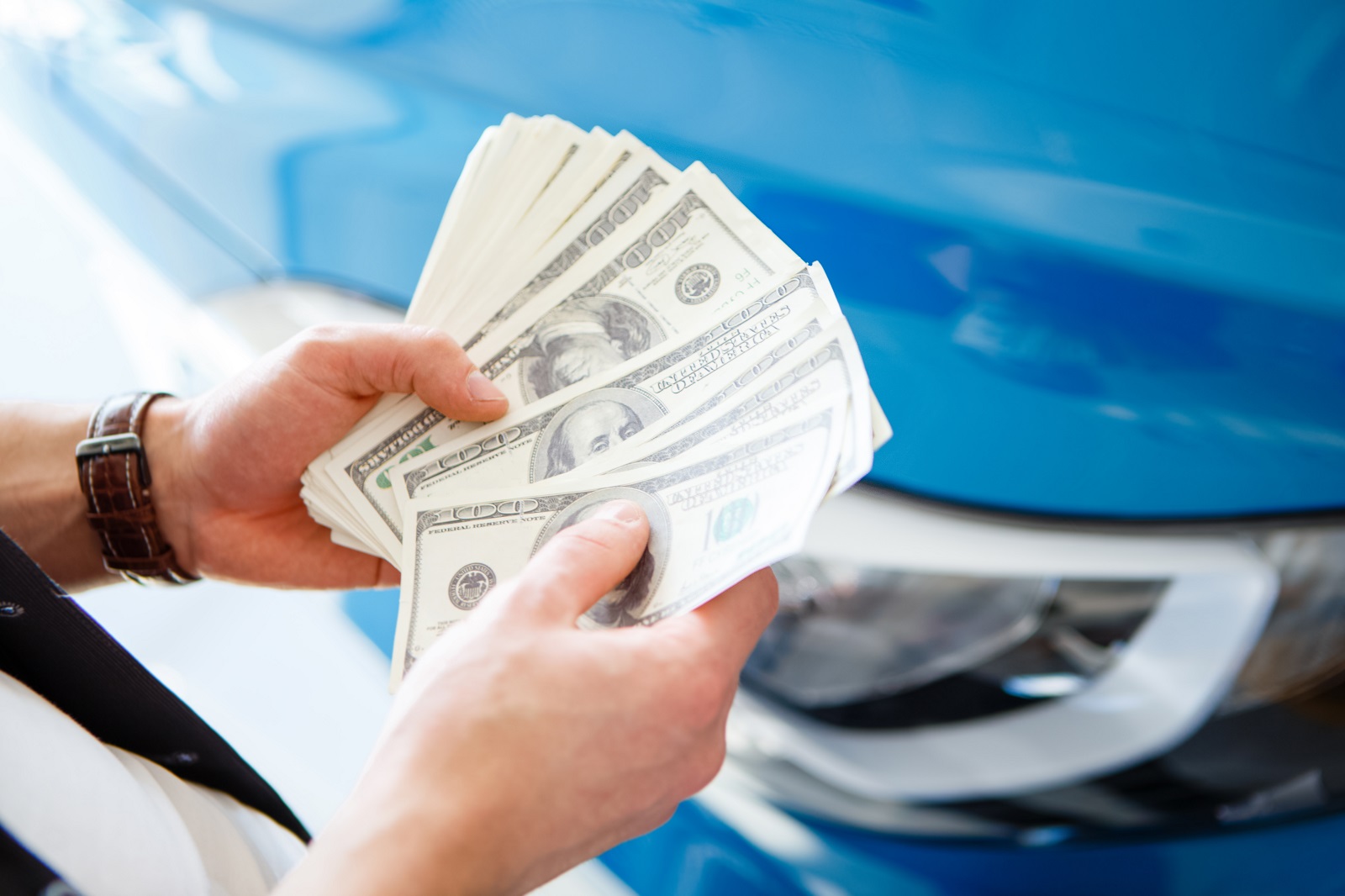
Image Credit: Shutterstock / Roman Seliutin
If you’re found at fault in an accident, insurers will likely impose a surcharge on your premium. According to the Insurance Information Institute, an at-fault accident can lead to a surcharge of up to 50%. This added cost can remain on your policy for three to five years, significantly affecting your finances.
3. Loss of No-Claim Discounts

Image Credit: Shutterstock / Chadchai Krisadapong
Many insurers offer no-claim discounts as a reward for accident-free driving. Filing a claim can eliminate this discount, increasing your premium by 10-20%. Over time, losing this discount can cost you significantly more than the repair expenses you avoided by filing a claim.
4. Minor Accidents, Major Costs
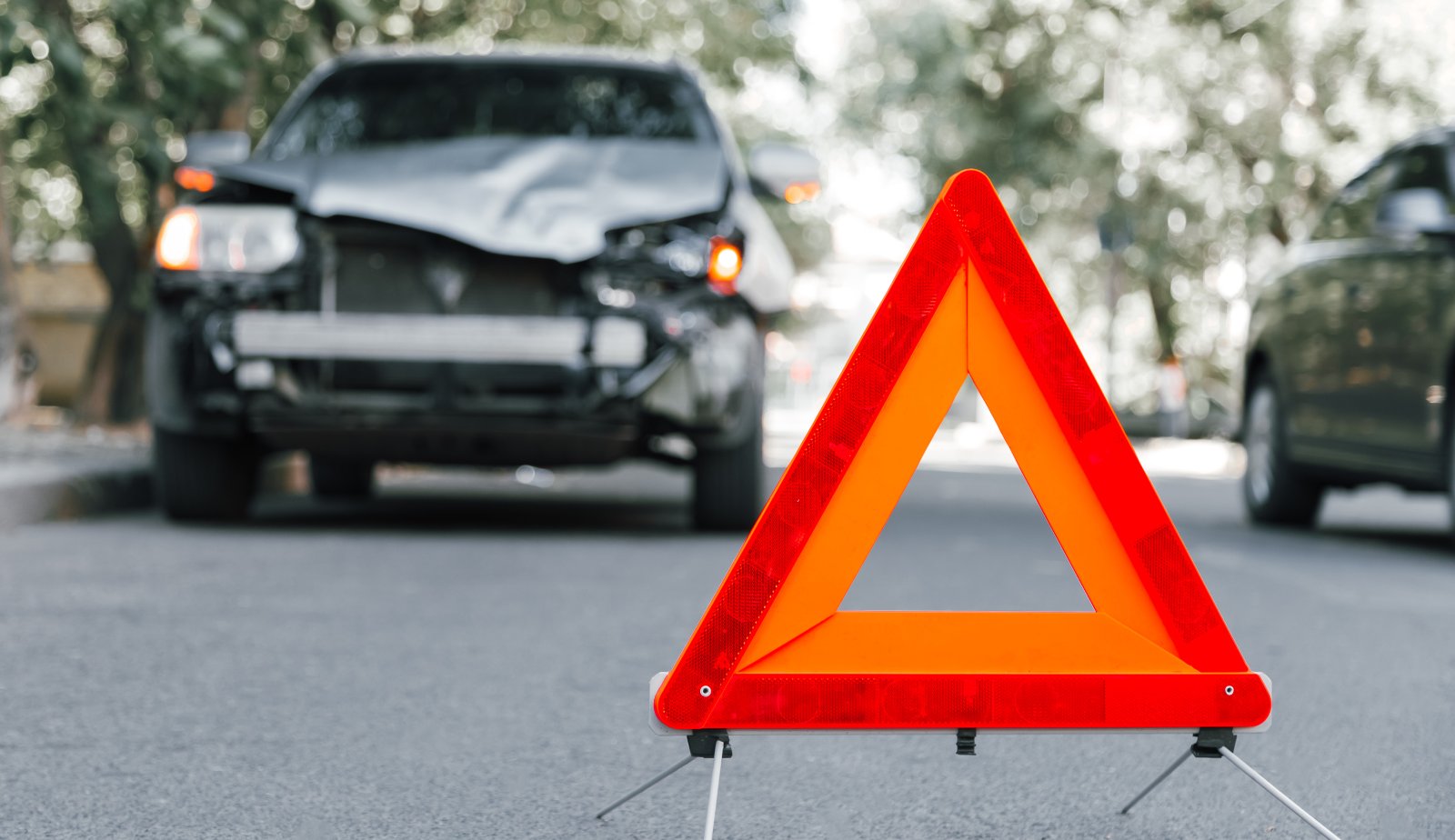
Image Credit: Shutterstock / beton studio
Even small accidents can have a big impact. A minor fender bender might seem inconsequential, but the average insurance claim for a minor accident is around $3,000. This can lead to a noticeable hike in your premium, making minor accidents more costly than they appear.
5. Multiple Claims Magnify Increases

Image Credit: Shutterstock / Bits And Splits
Filing multiple claims in a short period can drastically increase your rates. Insurers view frequent claims as a red flag, often doubling or tripling your premium. If you’ve had several accidents, you could face increases of 80% or more, according to Consumer Reports.
6. Impact on Credit Score
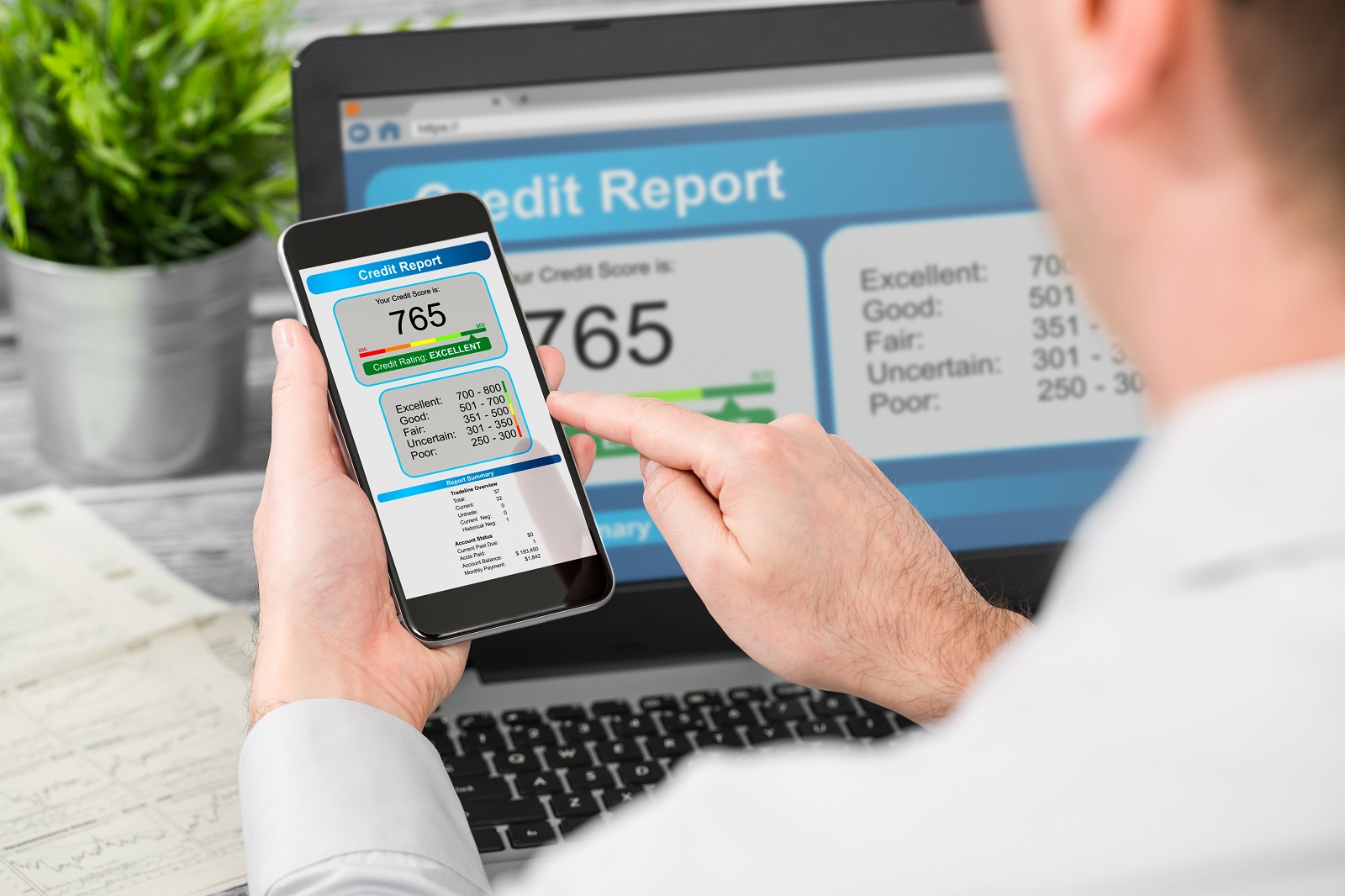
Image Credit: Shutterstock / REDPIXEL.PL
Some states allow insurers to use your credit score when setting rates. Filing a claim can negatively affect your credit score, leading to higher premiums. Maintaining a clean driving record is essential to keeping both your credit score and insurance rates low.
7. Age and Driving Experience

Image Credit: Shutterstock / G-Stock Studio
Your age and driving experience also play roles in how accidents affect your rates. Younger, less experienced drivers typically see higher rate increases after an accident. For example, a study by Quadrant Information Services found that a single accident can raise premiums for a 20-year-old by over 30%.
8. Gender Differences in Rate Increases

Image Credit: Shutterstock / Andrii Yalanskyi
Men and women might see different rate hikes after an accident. Research shows that men often face higher premiums after accidents compared to women. This disparity can be attributed to statistical risk factors, though it varies by insurer and state.
9. Geographic Location
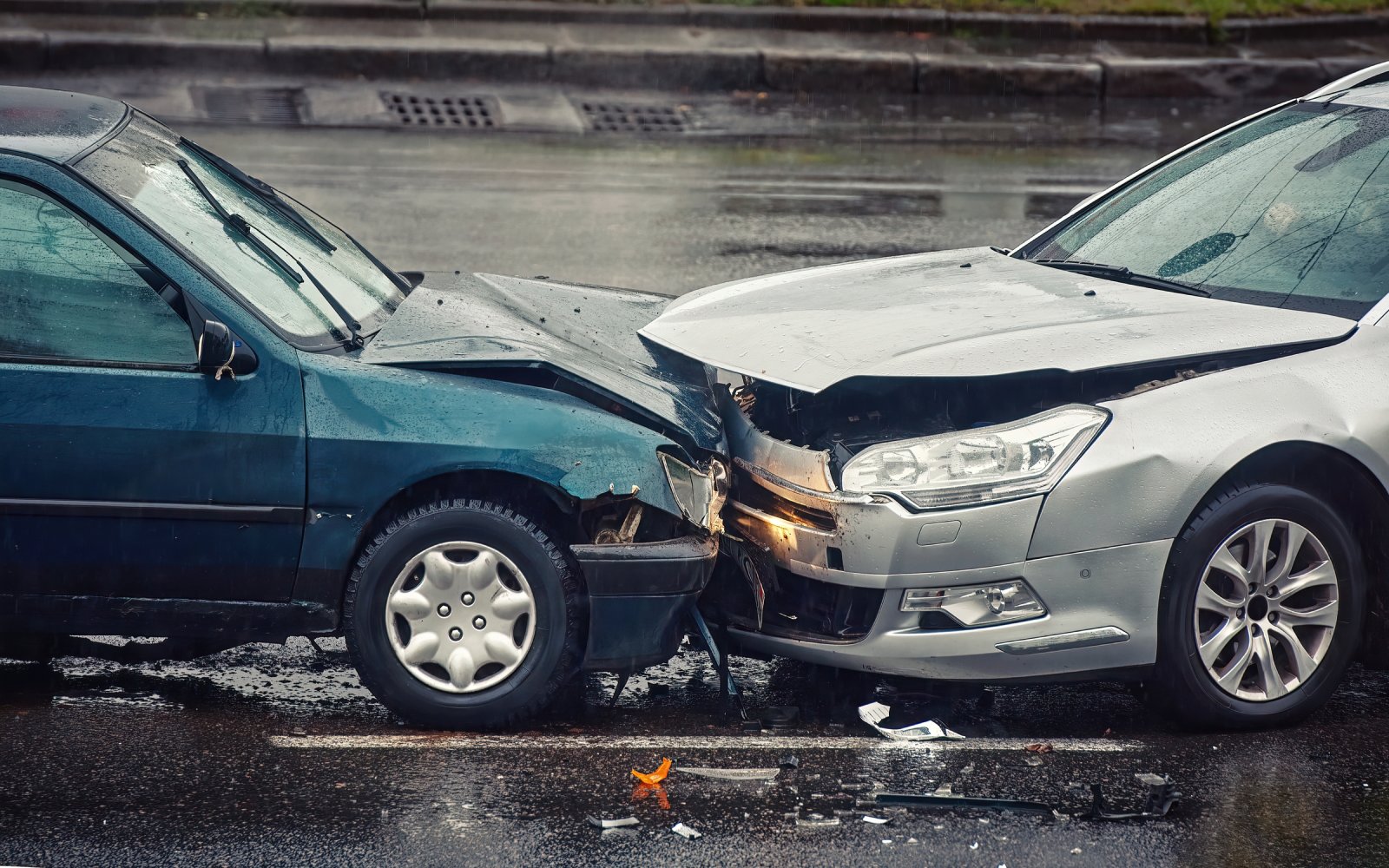
Image Credit: Shutterstock / Tricky_Shark
Where you live affects how much your rates increase after an accident. Urban areas with higher accident rates often lead to more significant premium hikes. For example, drivers in New York City might see a higher increase compared to those in rural Nebraska.
10. Policy Type and Coverage

Image Credit: Shutterstock / chaylek
Your specific insurance policy and coverage level influence rate changes after an accident. Comprehensive policies might mitigate the increase more effectively than basic liability coverage. Reviewing your policy details can help you understand potential rate impacts.
11. Claim Amounts and Frequency

Image Credit: Shutterstock / wutzkohphoto
The amount of your claims and how often you file them play significant roles in rate adjustments. Large claims and frequent claims raise red flags for insurers, often leading to substantial premium hikes. Minimizing both can help keep your rates stable.
12. Effect on Renewal Offers

Image Credit: Shutterstock / Hryshchyshen Serhii
Accidents can affect your renewal offers. Insurers may offer less favorable terms or increase premiums significantly upon renewal if you have a recent accident history. Always compare renewal offers to ensure you’re getting the best rate.
13. Increased Deductibles

Image Credit: Shutterstock / Indypendenz
Some insurers may require higher deductibles after an accident. This means you’ll pay more out-of-pocket in future incidents, adding to the financial strain of increased premiums. Evaluating your deductible options can help manage costs post-accident.
14. Potential for Non-Renewal

Image Credit: Shutterstock / Antonio Guillem
In severe cases, insurers might choose not to renew your policy after multiple accidents. This can leave you scrambling for coverage, often at higher rates with a new insurer. Maintaining a clean driving record is crucial to avoid non-renewal scenarios.
15. Impact on Multi-Policy Discounts

Image Credit: Shutterstock / Ground Picture
Accidents can affect discounts on other policies if you bundle them with your auto insurance. Losing a multi-policy discount can increase overall costs, making bundled policies less beneficial. Reviewing all your policy terms can help mitigate these impacts.
16. Rate Comparison Shopping

Image Credit: Shutterstock / Andrii Yalanskyi
After an accident, it’s essential to shop around for new insurance rates. Different insurers assess risk differently, and you might find better rates by switching providers. Regularly comparing rates ensures you’re not overpaying.
17. Defensive Driving Courses

Image Credit: Shutterstock / Inside Creative House
Taking a defensive driving course can help offset rate increases. Many insurers offer discounts for completing these courses, which can mitigate the financial impact of an accident. Check with your insurer to see if this option is available.
18. Impact on Future Claims

Image Credit: Shutterstock / Stock-Asso
Past accidents can influence future claims. Insurers might scrutinize claims more closely and raise premiums even higher if you have a history of accidents. Maintaining a clean record post-accident is crucial to managing future rates.
Save Money

Image Credit: Pexels / Tima Miroshnichenko
Accidents can significantly impact your insurance rates, affecting your finances for years. By understanding how these incidents influence your premiums, you can make informed decisions and take steps to mitigate costs. Always drive carefully and consider the long-term effects of filing claims.
Police Magnet: 7 Cars That Guarantee You’ll Get Pulled Over
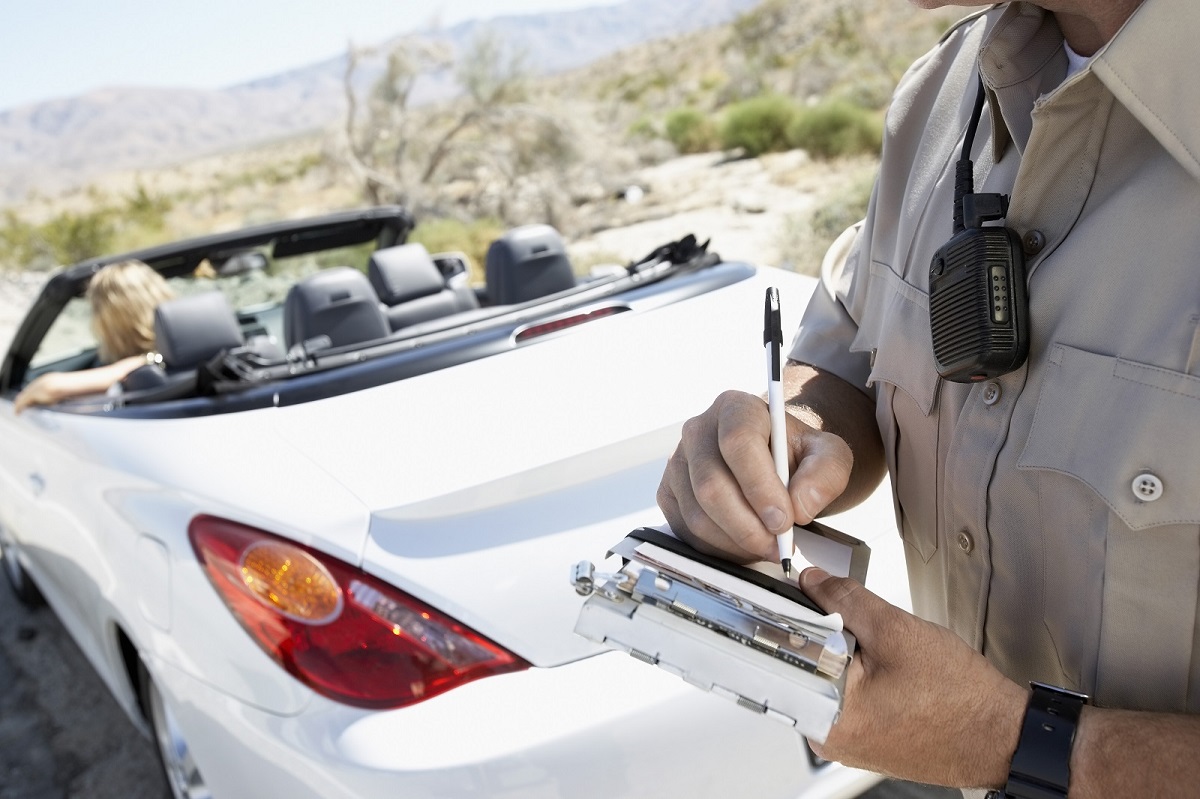
Image Credit: Shutterstock / sirtravelalot
Driving certain cars can make you more noticeable to law enforcement, even if you’re abiding by all the rules. Are you driving one of these “police magnets”? Here are seven cars that seem to attract more police attention than others. Police Magnet: 7 Cars That Guarantee You’ll Get Pulled Over
The Classic Cars That Were Total Clunkers
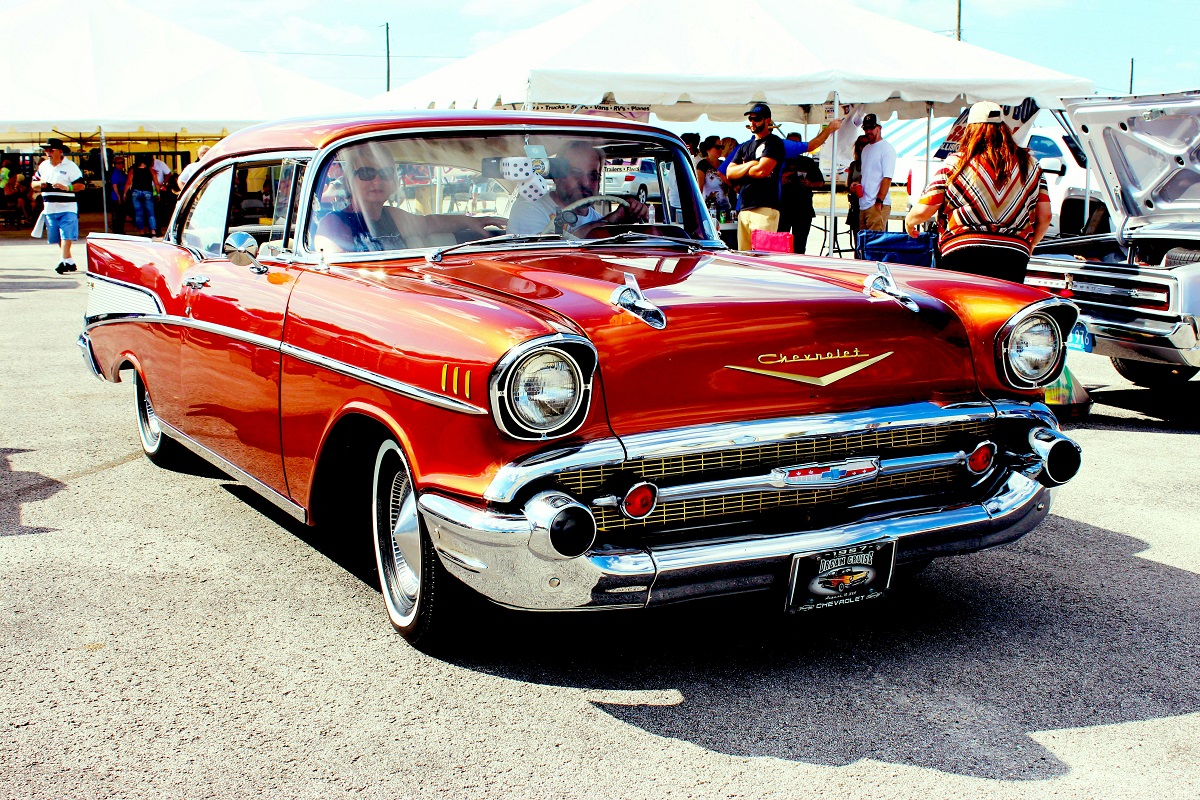
Image Credit: Pexels / Pixabay
Nostalgia has a funny way of making the past seem better than it was, especially when it comes to cars. But here’s the hard truth: some of those “classic” cars your dad raves about were real clunkers. Here’s a closer look at why some of those so-called “classics” weren’t all they were cracked up to be. The Classic Cars That Were Total Clunkers
The Worst U.S. Cars Ever Made: A Retro List
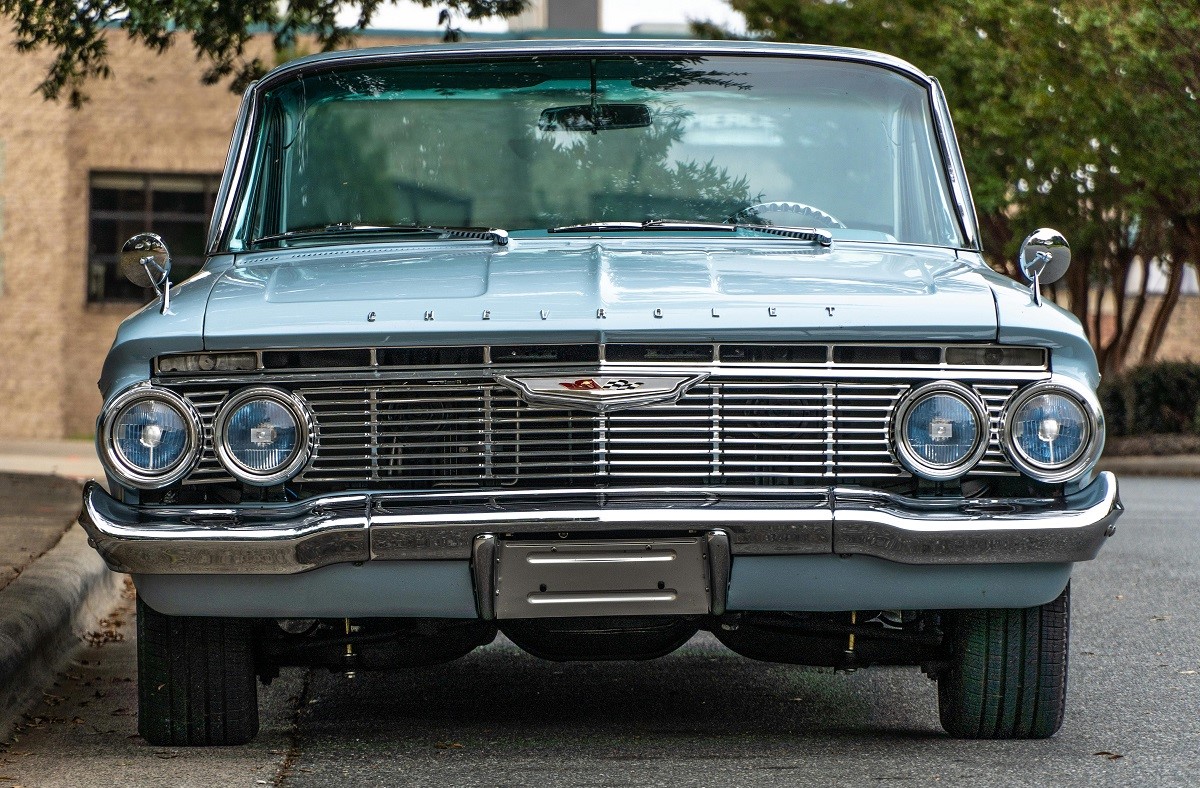
Image Credit: Pexels / Be The Observer
The U.S. auto industry has produced some incredible vehicles, but not every model was a hit. Here’s a look back at 16 of the worst cars ever made in the U.S., each infamous for its own unique flaws. The Worst U.S. Cars Ever Made: A Retro List
Featured Image Credit: Shutterstock / DreamHomeStudio.
For transparency, this content was partly developed with AI assistance and carefully curated by an experienced editor to be informative and ensure accuracy.
The images used are for illustrative purposes only and may not represent the actual people or places mentioned in the article.
